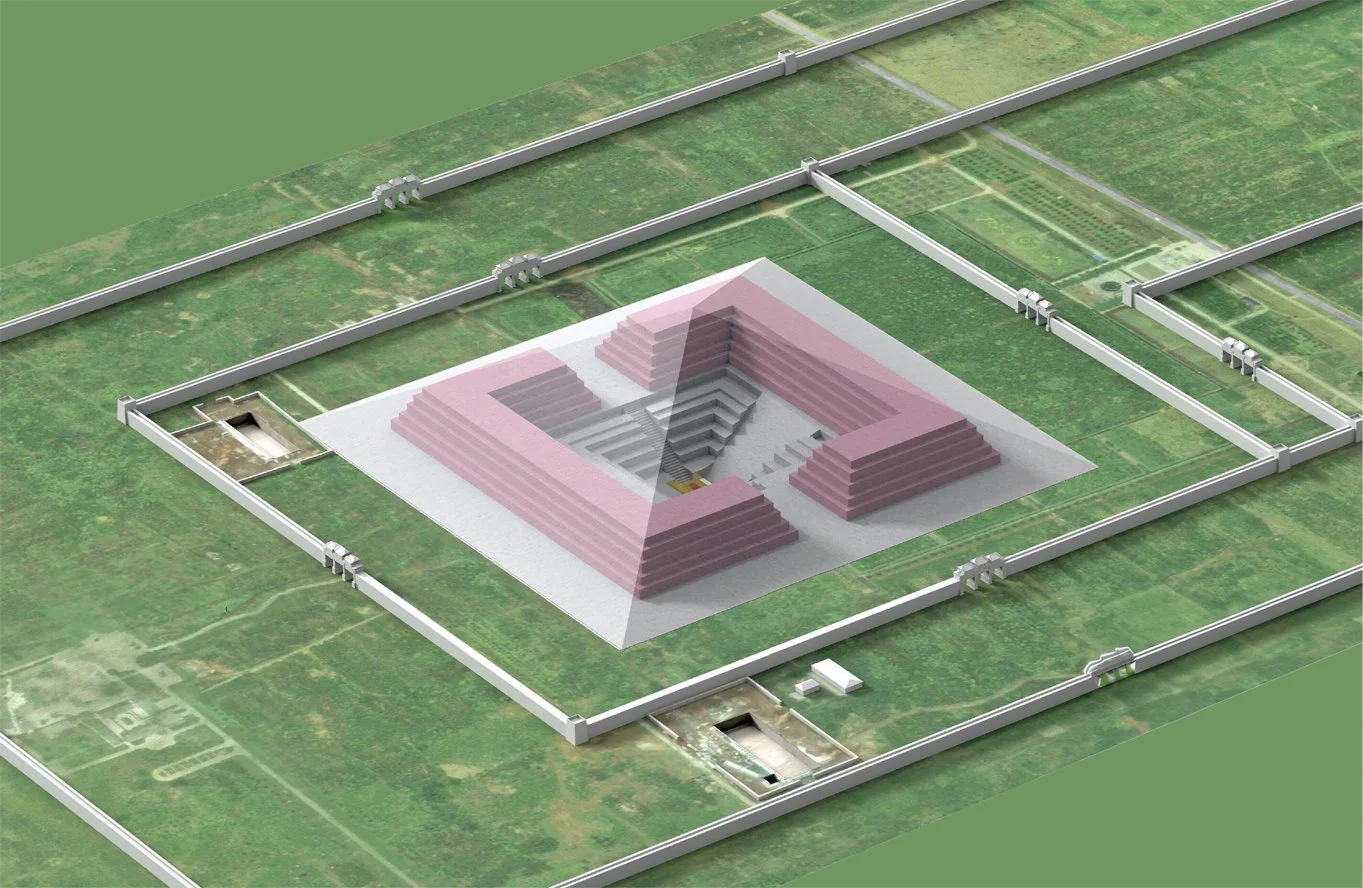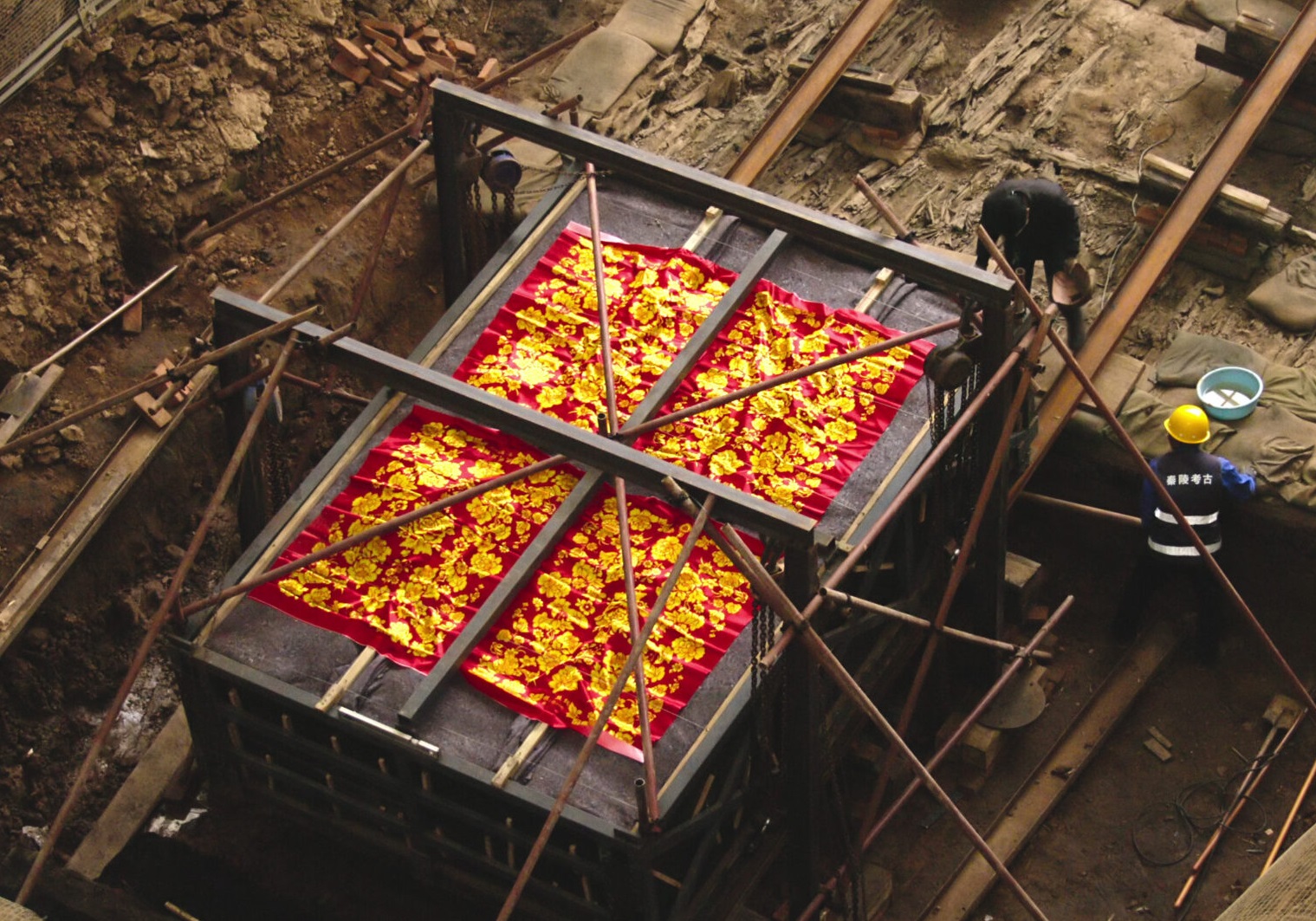Archaeologists have raised a royal tomb at the Terracotta Warrior mausoleum complex of Emperor Qin Shi Huang.
Qin Shi Huang’s reign brought about the unification of China and an end to the Warring States period in 221 BC.
He constructed a series of walls to connect fortifications along the empire’s northern frontier (the precursor to the Great Wall of China) and abolished the feudal system of loose alliances and federations.
Qin Shi Huang was buried in the Mausoleum of the First Qin Emperor, a large complex located in present-day Lintong District in the city of Xi’an.

Excavations around the complex have previously discovered around 7,000 (estimates suggest up to 8,000) statues of terracotta warriors, horses, officials, acrobats, strongmen, and musicians, and around 100 wooden battle chariots placed to serve the emperor in his afterlife.
In 2011, archaeologists unearthed a deep pit at the Terracotta Warrior mausoleum complex containing a 16-tonne coffin.
In accordance with the Chinese government’s hands-off policy, the coffin and its contents were initially left in situ. However, due to heavy rains throughout 2024, the decision was made to excavate the burial site and relocate the tomb to a controlled environment.
Excavations have also uncovered a lavish funerary collection of weaponry, armour, jade, gold and silver camel figurines, cooking utensils, and over 6,000 bronze coins.
According to experts, the tomb is likely the burial of Prince Gao, one of 50 children of Qin Shi Huang, however, it may also be the burial of a high-ranking official or general in the Emperor’s service.
Jiang Wenxiao, the excavation leader, said: “The tomb was so precisely built. So deep, so large in scale. Most ancient tombs have been robbed so we didn’t have much hope for the coffin chamber. But it turned out it hadn’t been robbed. We were amazed.”
The finds will be the focus of the Mysteries of the Terracotta Warriors which debuts on Netflix on June 12th 2024.
Header Image Credit : Netflix
Sources : Netflix





